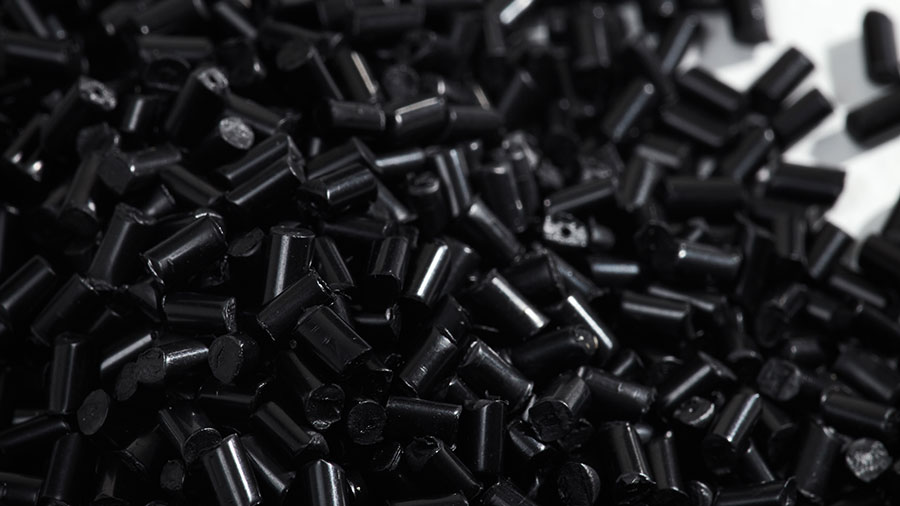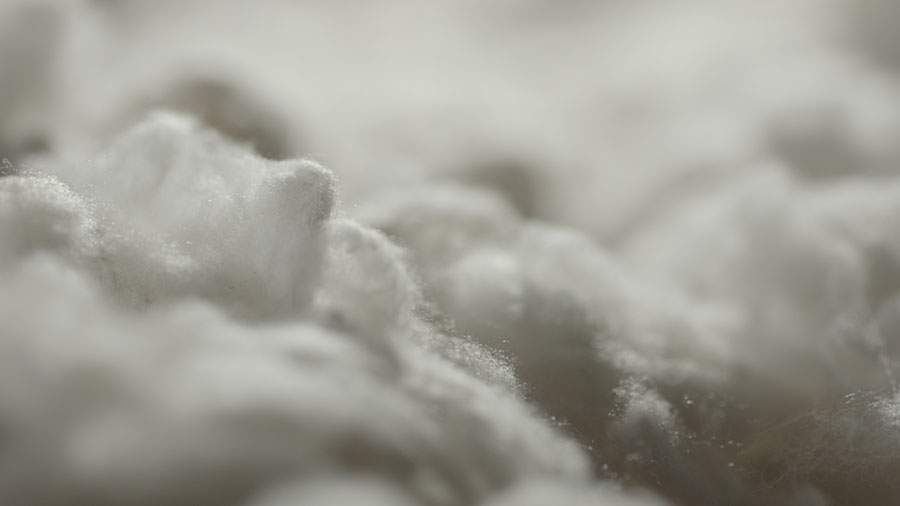Wool fibres are 100% biodegradable in marine environments according to a recent scientific study, meaning wool does not add to microplastic pollution or damage ocean health.
The problem with plastics
Microplastic problems from apparel are largely caused by plastic clothing. Synthetic fibres - such as nylon, polyester, acrylic and polypropylene - can pollute the ocean and potentially damage sea life health every time they are washed.
Wool - both untreated and machine-washable wool (treated with Hercosett resin) was found to fully biodegrade in marine environments, meaning wool does not contribute to microplastic pollution.

What the study says
The scientific study - titled Microfibre Pollution and the Marine Biodegradation of Wool - compared the biodegradability of the two types of Merino wool in sea water to the biodegradability of viscose rayon, polyester, nylon and polypropylene. Residues were examined using scanning electron microscopy and energy-dispersive X-ray spectroscopy. All fabrics were washed repeatedly before testing to simulate a partial garment lifetime. The rate of biodegradation was then compared to that of a substance known to biodegrade readily, kraft paper pulp.
Scientists found untreated wool biodegraded at 20.3 per cent the rate of the pulp and the machine-washable wool biodegraded more than three times as quickly, at a rate of 67.3 per cent – the fastest of all fabrics.
At the tail-end was Nylon, biodegrading at a rate of just 0.8 percent, followed by polypropylene and polyester.
How were the fibres tested?
The first step was to obtain appropriate commercial knitwear fabric or garment samples which were then prepared for biodegradation testing by controlled laundering to simulate a number of a domestic washes before evaluating their biodegradation. This was done in a Wascator laboratory washing machine using an appropriate wash cycle.

The testing took place across a 90-day period, in accordance with ASTM D6691 – 09: the standard test method for determining aerobic biodegradation of plastic materials in the marine environment by a defined microbial consortium or natural sea water inoculum.
After the 90-day period the fibre-based residues were recovered by sieving, filtering and flotation methods which were then scanned using electron microscopy (SEM) and energy-dispersive X-ray spectroscopy (EDX).
Why does machine-washable wool biodegrade faster than untreated wool?
Wool has an outer cuticle - its armour plating - that has evolved to protect and reinforce the fibre against physical, chemical and biological degradation. The cuticle is compromised/partially removed by the process of achieving machine-washability and as the study shows, it appears this gives the microbes better access to the fibre below the cuticle and hence increasing the rate of biodegradability.
Why should the supply chain communicate that wool is biodegradable?
Tell your customers you are not part of the microplastic problem. Conscious consumers will also welcome the findings, reinforcing why natural fibres are better for the planet than man-made fibres. This adds to the body of evidence that wool garments not only save you time and money as they don’t require frequent washing, but that these garments are both gentle on the planet and gentle for our oceans.

4 reasons why wool can last a lifetime
- Wool provides the global apparel industry with the most reused and recyclable fibre, of the common apparel fibre types.
- Wool garments are typically kept for a long time and have a high emotional value. Donations in the UK suggest a high donation rate for wool, 3x more than wool’s share of new material use.
- Wool’s recycling industry is 200 years old, with wool having the highest share of fibres recycled.
- Wool garments are easily turned into new yarns or products (both apparel and interiors) to live another life or two.